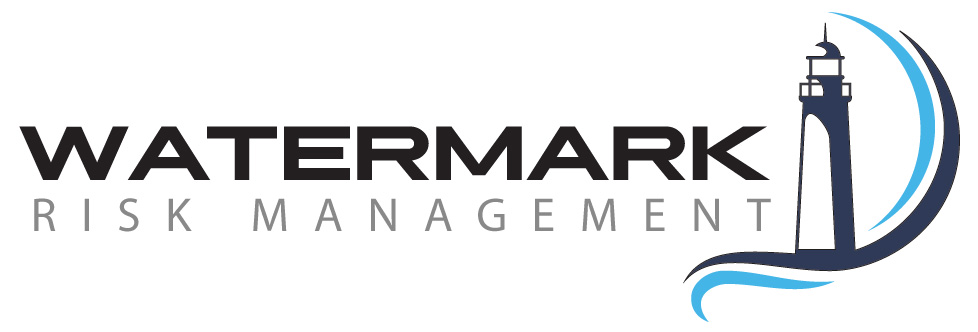Denise Limato, Watermark’s Vice President of Organizational Optimization Services, explains how businesses with tight margins can find ways to change, become more efficient, improve revenues, and see continued growth. In order to effectively introduce and manage the change that drives efficiency and moves businesses forward, she focuses on the “Yeah, but…” game.
How the Game Works
The “Yeah, but…” game works something like this—your company decides to implement something new. It could be new ERP software, a different process, or even something as simple as a new coffee maker. What the “new” thing is doesn’t matter because the rules of the “Yeah, but…” game are the same regardless of what change is taking place.
The interaction starts with the announcement of the change and how it benefits the company. This sparks a return communication from a naysayer who says, “Well, yeah, that might work, but….” The change champion replies to this return, explaining how the change still works even considering the naysayer’s exception. The naysayer again responds with, “Yeah, but I have a second exception which renders your change useless.” If the change champion is savvy, they stop the game here by explaining that exceptions will be dealt with as they arise, but aren’t the driving force behind the change. Or perhaps the change champion might decide to continue the game for one final round by responding as to how the change will handle the naysayer’s exception. In either scenario, the game ends in a draw. Neither party has changed his or her mind, and the change you’re trying to implement is going to be met with resistance and is less likely to succeed. That can be disastrous to a huge effort like an organization-wide software implementation.
What the naysayer is really communicating when they say “Yeah, but…” is “no.” The “but” negates whatever came before it, so by saying, “Yeah, but…” they’re really saying: “I don’t want to do this;” “It won’t work for me;” and/or “It won’t be able to handle my very special situation, so, therefore, the whole thing won’t work.” In other words, they’re throwing the baby out with the bath water.
How to Win the Game
How does a company that wants to implement change do so in the face of such naysayers? How do you win the “Yeah, but…” game? It’s common for employees to be concerned about a change, especially one that impacts their routines, such as a new software system. Even if the routine is cumbersome and time-consuming, like paper-pushing and manual processes, at least it’s comfortable. Change makes everyone uncomfortable. It’s how we manage it — or win at the “Yeah, but” game — that matters.
First, remember if your solution meets the 80/20 criteria—meaning that it satisfies the business requirements 80 percent of the time—then you’re most of the way there. The remaining 20 percent requires a workaround, but those are the exceptions to the norm.
Second, it’s important to let the naysayer give voice to relevant and high-frequency exceptions, so you can develop useful and applicable solutions. Low-frequency exceptions don’t need attention because they don’t happen enough to invest the time, money, and resources to develop a solution. I’ve witnessed companies develop workarounds to avoid a one-time occurrence that bogged down systems and processes, defeating the whole point of the change. The better strategy is to fix whatever caused the one-time exception so it can be eliminated.
Change the Game
The “Yeah, but…” game isn’t fun or productive to businesses trying to manage change effectively and push the business forward. Sometimes, the game helps us arrive at useful solutions, but it mostly serves to distract from the goal and can harm the morale of the team. If you find yourself invited to a game of “Yeah, but…” simply decline to play. Instead, help the naysayers learn the rules of a new game, “Yes, we can.”



